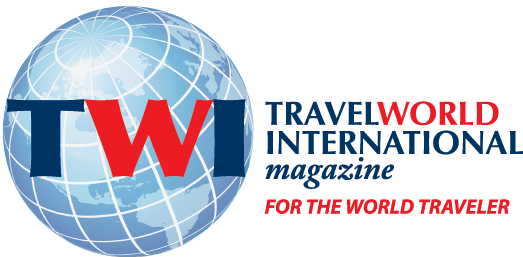My trip to Seoul, Korea was going to be a nostalgia trip. Fifty years had passed since I was stationed there for a year when I was in the Army. It turned out to be not so much nostalgia. So much had changed that the things I remembered have been replaced with a modern bustling city, a resplendent new face with towering architecture.
Modern buildings in downtown Seoul, Korea. Certainly a departure from anything seen by the author when he was last there, 50 years ago.
An inclined elevator in Seoul that takes you from street level to the hilltop where you can get the cable car to Mount Namsan.

But history was not forgotten in the process of renewal. The old city walls and the gates that were the entrances to the ancient city remain, but with a fresh coat of paint and a new interest in the old. A changing of the guard ceremony, twice daily, is presented to remind onlookers of a noble past. There is even an entire section of the city, Bukcheon Hanok Village, where the houses built in the traditional style can be found.

Many youths in the city connect to their cultural heritage by renting traditional Korean garments called Hanbok. The streets and alleys with traditional architecture were teeming with young people, proudly wearing Hanbok, a link to generations ago when the old city walls and gates were new and youth walked the same streets, looking forward to the future. At a glance, the only giveaways of the present were the ever-present cell phones for selfies and the sneakers that peered out from beneath flowing Hanbok gowns. Without exaggeration, I saw more traditional Korean garments in a half-day of this trip than I saw in an entire year, 50 years ago.

A young Korean Couple dressed in Hanbok (Traditional Korean Clothing) 
Young ladies posing in Hanbok 
A guard dressed in traditional Korean uniform, on duty in front of the City Gate in front of Gyeongbok Palace. 
Young Koreans, dressed in Hanbok (traditional Korean clothing) strolling through the Bukchon Hanok section
of Seoul, an area containing traditional Korean houses.

Young Korean couple, looking at their “new/old selves” on their cell phone. 
Blue & pink dress
Jeju Island: The Korean Hawaii

Jungmun Saekdal Beach on Jeju Island. 
Cuttlefish hang to dry in Chagwido Port, 

Sanbangsan Mountain stands as a sentinel in the distance. 
Tiny islands ringing Jeju, some with caves created by the waves, are great diving spots
Jeju Island, just off the southern coast of Korea, has been referred to as the “Hawaii of Korea.” The island has become a popular vacation and honeymoon destination for many Asians. Until recently, 80% of visitors to Jeju were Chinese, but due to politics, that’s changing. Many resorts, hotels and guest houses have sprung up in the 50 years since I was last there. Expanding the island’s tourism industry is decidedly in the island’s sights, and they’ve pledged to do it sustainably.

Dol hareubang, a large rock shaman statue considered to be a god offering both protection and fertility 
Saeyeongyo Bridge connects Seogwipo Port and Birds Island.
The island is significantly larger than you might think by looking at a map, and things are pretty spread out. The roads are good, but hiring a cab for a half-day tour might be a good idea if you want to do some sightseeing.
One of the main tourist attractions on the island is a three-tier waterfall called Cheonjiyeon Waterfall, which means “sky connected with land.” At 72 feet high, the waterfall is pretty impressive. This was certainly a beautiful site to see but my favorite attraction was in a town (I have someone researching the name of that town.) in Western Jeju where vendors hang cuttlefish on fences and lines to dry and sell.
Such is the new Korea: boldly modernizing, but keeping one foot anchored in the past.
A giant Buddha is a formidable presence on the slopes of Sanbangsan Mountain
A lighthouse greets fishing boats returning to Seogwipo Port.


















